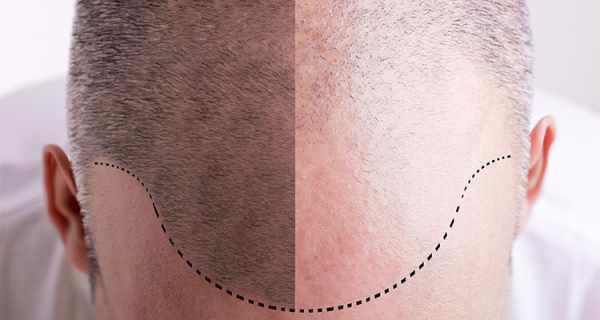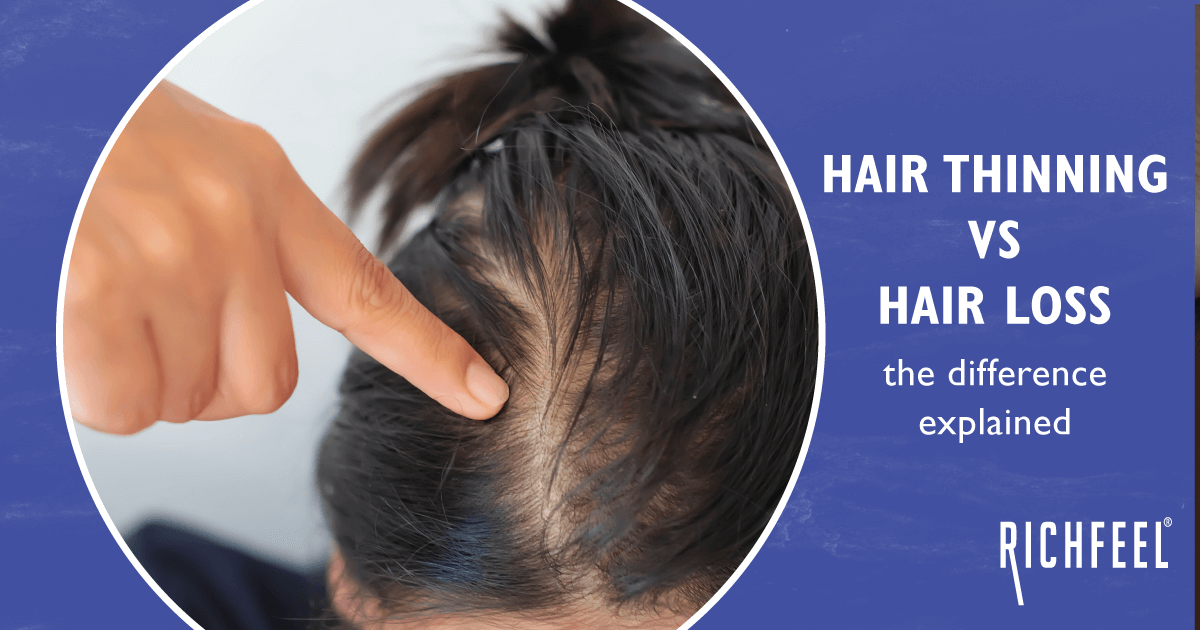Features of Human Hair Wigs
Human hair is in limited supply. There are not many women in the West who are willing to go to the trouble of growing their hair long in order to cut it off and sell it. Most human hair for wigs comes from one of four countries:
• China
• Europe
• India
• Indonesia
Human hair can generally be divided into two categories: raw hair and processed hair. Raw hair is also known as Remy or cuticle hair. This hair is taken from the donor and kept together to ensure that the overlapping cuticles are all facing the same direction (downward) as they would when growing from the head. This gives the most natural appearance to the hair as well as makes brushing and styling easier. Hair that has had the cuticles reversed will tangle, and break more easily when brushed and styled.
Other types of human hair are processed before being made into a wig. This may involve merely coloring the hair (non-virgin Remy hair) or chemically stripping the cuticle and coating the remaining hair with silicone. Processed hair is weaker and more prone to tangling.
Advantages of Human Hair Wigs
Natural Look:
Wigs made from human hair look the most natural. The hair has a natural shine and texture to it. Human hair wigs can be messy, frizzy but these are the factors that make a wig look like one’s own hair. Moreover, natural hair has more color dimension than synthetic hair.
Natural Feel:
Only a human hair wig feels like natural hair. A woman may prefer the feel of human hair when she is putting on the wig and styling it, or she may be concerned what other people might think about it. Human hair is finer and softer than synthetic hair and therefore undetectable to the touch as being a wig.
Styling:
Human hair can be styled with heat appliances, just as when it is growing out of someone’s head. That means a human hair wig can be blow-dried, curled, flat-ironed, and crimped without immediate damage to the hair fibres. Wigs can also be colored.
Heat Resistance:
Women who wear synthetic wigs must be very careful not to get too close to an open flame or heat source for fear that their wigs will melt or permanently frizz. Human hair is very strong and can tolerate heat well.
Disadvantages of Human Hair Wigs
There are drawbacks, however few. Some of the drawbacks of human hair wigs are as follows.
Expense:
Because human hair must be purchased from suppliers, the price is much higher than that of synthetic fibres, which can be manufactured on demand. However, most women find that the expense of a human hair wig is worth the benefits if their No. 1 priority is having a wig with a natural look and feel.
Care:
Like regular hair, human hair wigs require daily styling, as opposed to a synthetic wig, which comes pre-set. Some women find this fun, while others may be too busy or drained or physically unable to spend this much time on their wig.
Damage:
Like anyone’s own natural hair, a wig made of human hair can become damaged and split over time from repeated brushing, heat styling, and color processing. This is why it is best not to color a wig very often, if ever. Unlike real hair, which can grow out and replenish itself, damaged hair on a wig is permanently damaged. The ends may be trimmed to remove splits, but at some point, a human hair wig will need to be replaced.
At the end of the day, human hair wigs are best for women who miss their own natural hair and want a wig to mimic hair’s look and styling versatility. A woman who wears a wig every day to disguise her own hair or lack of hair will likely prefer a human hair wig to minimize detection and finds it to be worth the investment. . Human hair wigs may not be best for women who are suffering from medical conditions or disabilities and are unable or unwilling to wash and style a wig on a regular basis.
Features of Synthetic Wigs
A synthetic wig is made of artificial fibres. Following are the main benefits and drawbacks of purchasing and wearing a synthetic wig.
Advantages of Synthetic Wigs
While some women are immediately put off by the idea of wearing a synthetic wig, there are many plus points to consider before ruling out these wigs entirely.
Permanent Styling:
Women who do not want to be bothered with styling a wig on a daily basis may prefer a synthetic wig. For some women, escaping the daily hair care routine is the reason they want to wear a wig in the first place, so a human hair wig would defeat the purpose. Because synthetic wigs are less expensive than human hair wigs, some women choose to get two or more wigs in different styles that they can rotate.
Improved Technology:
Some more expensive synthetic wigs are made with state-of-the-art fibres that are indistinguishable from human hair.
Color Retention:
Human hair wigs will eventually fade, while synthetic fibres retain their colour permanently. Of course, this may also be considered a negative point by some women, as synthetic wigs cannot be successfully recoloured.
Disadvantages of Synthetic Wigs
Synthetic wigs, too, have their downsides which should be honestly considered before making a wig buying decision.
Unnatural Look:
Depending on the quality of a synthetic wig, the fibres may be very obviously artificial. Synthetic wig hair tends to be coarser and may have an unnatural sheen to it. In addition to the texture of the individual fibres, the construction of a synthetic wig may be such that entirely too much hair is used, giving an artificially voluminous look, but this can be fixed somewhat by having the wig cut and thinned by a stylist.
Permanent Styling:
Some women find the permanent set of a synthetic wig is good, while others are upset by this aspect. If a woman is into her looks, likes variety, and becomes bored with the same hairstyle day after day, or fears that people will suspect she is wearing a wig, a synthetic wig may not be the right option.
While the length may be shortened somewhat with cutting, no heat tools can be used to style a synthetic wig. The texture, color, and style remains same in synthetic wi



